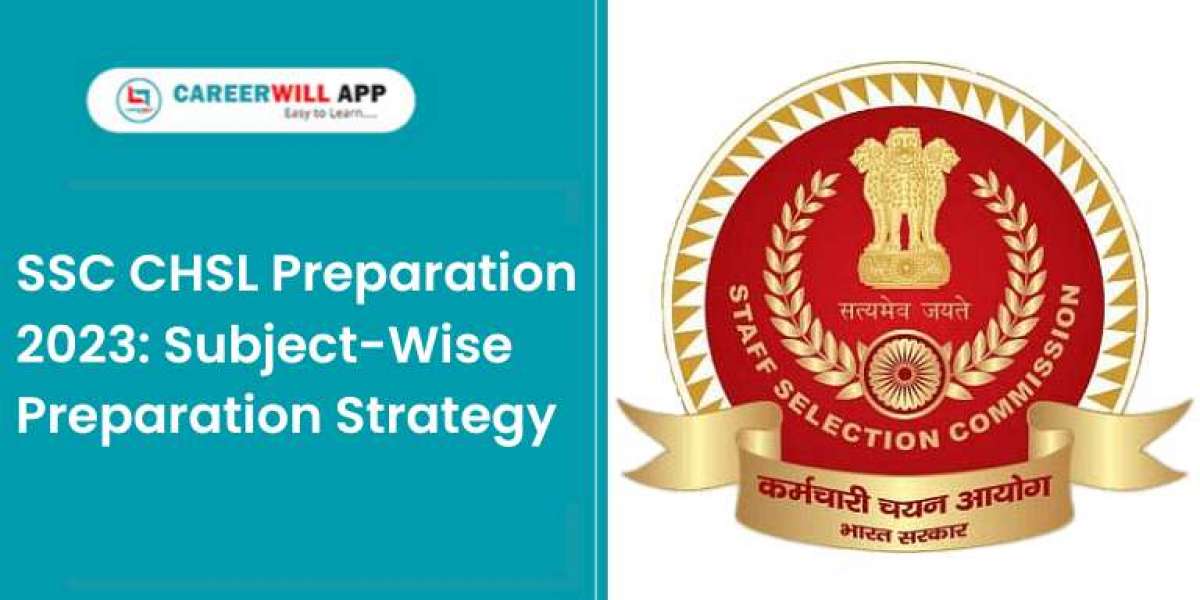SSC CHSL is a prestigious examination that paves the way for various clerical and lower-division government job positions. To excel in this exam, one must be well-versed in the content and structure of the SSC CHSL Syllabus, which is divided into several key sections.
The first section of the SSC CHSL syllabus is General Intelligence. This section assesses a candidate's reasoning ability and logical thinking. It includes topics such as classification, analogy, coding-decoding, puzzles, matrix problems, word formation, Venn diagrams, direction and distance, blood relations, series, and both verbal and non-verbal reasoning. To conquer this section, practice is essential. Candidates should familiarize themselves with various types of questions and develop strategies to solve them efficiently.
The second section, General Awareness, encompasses a broad range of topics. It includes current affairs, static general knowledge, history, culture, geography, economics, general polity, and scientific research. Keeping up with current affairs is crucial for this section, as it often includes questions on recent events and developments. Additionally, a solid foundation in general knowledge is necessary to answer questions related to history, geography, and other topics.
Quantitative Aptitude, the third section, tests a candidate's mathematical skills. Topics in this section cover simplification, interest, percentage, ratio and proportion, time and work, speed, time and distance, profit and loss, number series, geometry, trigonometry, algebra, statistics, and more. This section can be particularly challenging for some candidates, so a strong understanding of mathematical concepts and regular practice are essential. Practicing with a variety of numerical problems and learning shortcut techniques can greatly enhance performance in this section.
The fourth section, English Language, assesses a candidate's proficiency in the English language. It includes vocabulary, grammar, sentence structure, synonyms, antonyms, comprehension, passage writing, error recognition, and fill in the blanks. For many candidates, this section is the most manageable, especially if they have a good grasp of English. However, it's still essential to practice regularly to ensure accuracy and fluency in English.
After successfully clearing Tier-I, candidates move on to Tier-II of the SSC CHSL examination. In this stage, there are two papers. Paper-I evaluates quantitative abilities, while Paper-II focuses on English language and comprehension. These papers are more in-depth and require a higher level of proficiency. For Paper-I, candidates must continue practicing and improving their mathematical skills, and for Paper-II, a strong command of the English language is crucial.
The Tier-III examination introduces a descriptive paper in English or Hindi. This section includes essay writing, letter/application writing, and precis writing. It tests a candidate's ability to express ideas and communicate effectively in writing. While this section may seem less daunting than the objective sections, it still requires practice and preparation to ensure clarity, coherence, and correctness in writing.
The final phase of the SSC CHSL examination, Tier-IV, includes Data Entry Skill Test (DEST) for candidates applying for the post of Tax Assistant (Central Excise & Income Tax) and Computer Proficiency Test (CPT) for those applying for Assistant Section Officer in CSS and Assistant Section Officer in MEA. These tests are designed to assess practical skills and competence in data entry and computer operations. To conquer this stage, candidates should hone their computer skills and typing speed.
In conclusion, conquering the SSC CHSL examination demands a comprehensive understanding of the syllabus sections. The key is to study and practice diligently, adapt to each section's unique demands, and continuously improve one's skills. It's also essential to stay updated with the latest information and current affairs, as this knowledge is often tested in various sections. With dedication and systematic preparation, candidates can conquer the SSC CHSL and open the doors to a promising career in the Indian government.








